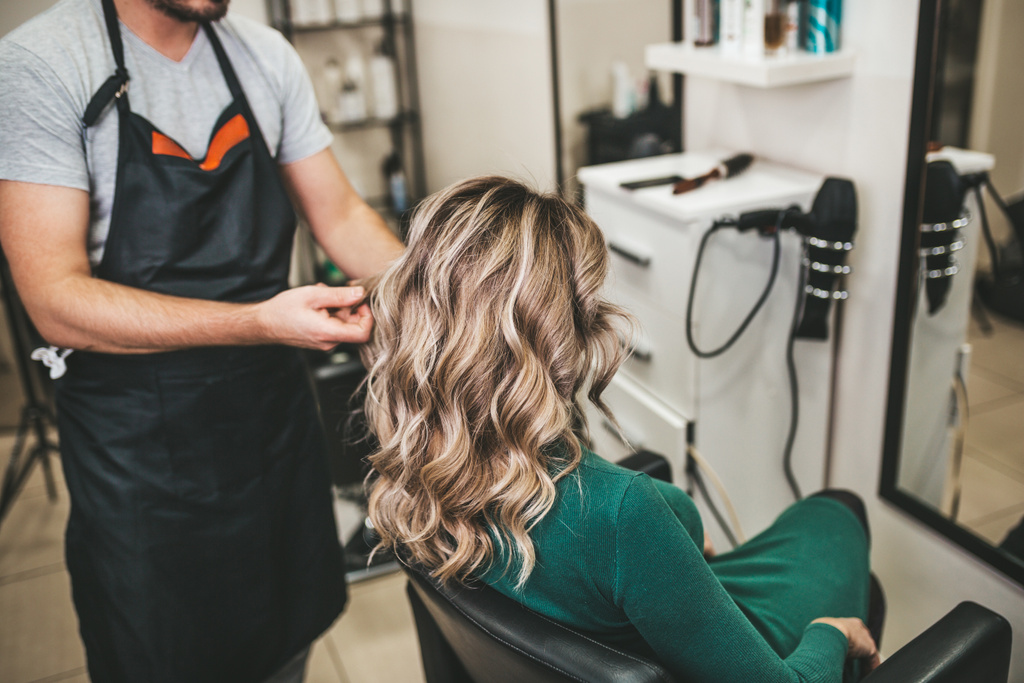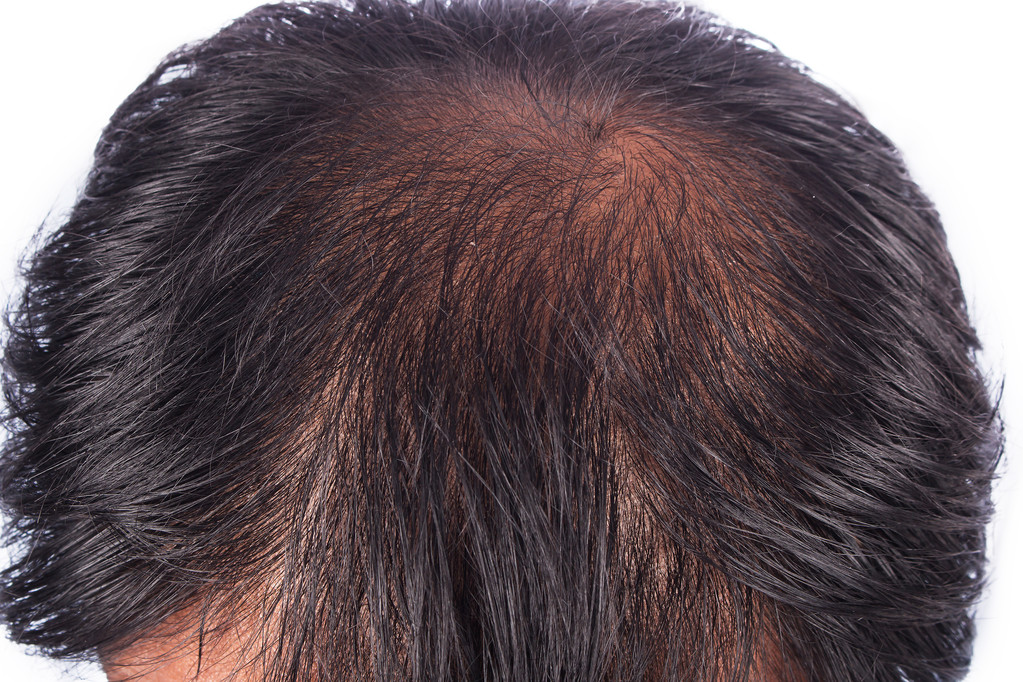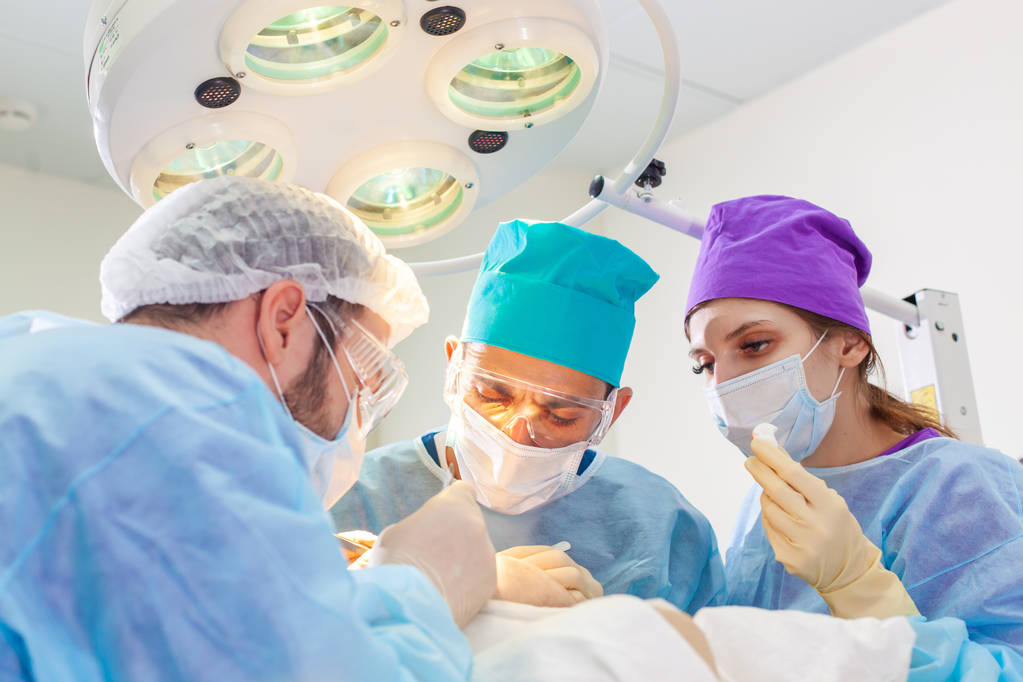How Long Do Hair Transplants Last?

lHair transplants are effective solutions for individuals who want to regain a fuller head of hair. Before the treatment, a surgeon assesses whether the scalp and hair at the donor site are a good fit for transplantation and long-term results. Here are some other factors that determine how long a hair transplant can last:
Donor Hair Quality

Before undergoing a hair transplant, a trained specialist evaluates the quality of your donor hair, which is obtained from a different part of your scalp. Choosing a donor site with many follicles will help the transplant look denser and more natural-looking while offering better scalp coverage. More hair can be harvested if the donor area has many hair follicles close together. Thicker and denser donor hair is more likely to maintain its strength as the transplant heals, leading to successful, long-lasting results.
Quality of Surgery

- An expert surgeon positions the grafts at the ideal angle and direction to replicate the existing hair’s natural growth pattern.
- This professional may use the follicular unit transplantation method, which involves removing a strip of skin with hair follicles from the donor area.
- This technique allows the surgeon to harvest many hair follicles at once to improve transplant coverage.
- Hair restoration specialists may also use follicular unit extraction, which involves harvesting and placing individual hair follicles.
- This enables the specialist to create a more customized transplant style. Healthcare providers store grafts in a cooling saline solution until the transplant to keep grafts healthy and promote optimal growth.
- Healthy grafts with intact hair follicles and strong root structures may heal more successfully than weakened grafts.
Book an Appointment for a Hair Transplant

During your consultation, a hair restoration surgeon assesses your hair loss patterns and discusses potential hair transplant techniques. They will use this information to create a customized treatment plan that matches your needs and preferences. They may show you before-and-after photos of previous patients to help you understand potential results. Contact a trusted hair restoration clinic today to schedule a consultation and learn more about managing hair loss.

